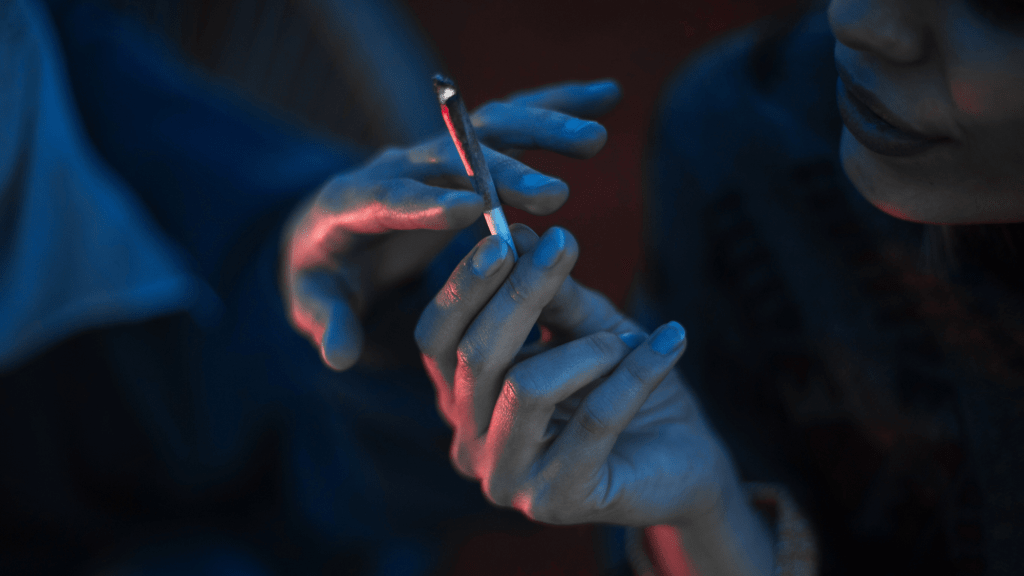Plastic is everywhere. According to the US Department of Energy’s National Renewable Laboratory (NREL), in the United States, only 5 percent of plastic used is actually recycled. This is in large because plastics are not all chemically the same, making it harder and more expensive to separate individual polymers. These mixed plastics often build up in landfills and in the environment.
Now, a new study published in Science on Thursday details a new process that could allow us to recycle these plastics that typically end up as waste that will take hundreds of years to degrade.
Videos by VICE
The study, which was led by researchers at NREL as part of the Bio-Optimized Technologies to Keep Thermoplastics out of Landfills and the Environment (BOTTLE) Consortium, presents a hybrid approach to recycling that utilizes both chemical and biological processes to try and repurpose plastics.
“There are very few ways to deal with mixed plastics in terms of recycling them,” Gregg Beckham, a senior research fellow at NERL and the project’s leader, explained. “We wanted to be able to turn mixed plastic waste, without sorting the polymers or waste plastics, into a single product.”
As the paper explains, mixed plastics waste “represents an abundant and largely untapped feedstock for the production of valuable products.”
This study used three types of common plastics: polystyrene polyethylene, terephthalate, and high-density polyethylene. All three are abundant components of post-consumer plastic waste and were successfully oxidized and converted.
First, the group used metal-catalyzed oxidation to break the plastics down into smaller molecules that are ideal for biological conversion. These molecules can best be described as “smaller, biologically friendly chemical building blocks” co-author and Oregon State University Researcher Lucas Ellis notes in a press release. This is necessary for the next step of the process: feeding it to bacteria.
They then used a biologically-engineered soil microbe called Pseudomonas putida to try and convert the oxygenated building blocks into a more useful product. The bacteria were able to “funnel” (aka convert) the compounds into two different products: biopolymers used in biodegradable bioplastics, and another compound that can be utilized in nylon production.
Although the study only looked at three plastics, in the future researchers hope to target other types of plastics that are found in consumer waste, and also create different products
The researchers see this study as a proof-of-concept, demonstrating that chemical oxidation and biological funneling can work in tandem to recycle plastics, enhance the value of the product, and make recycling more efficient.
“Experimentally, it works, but this is no means ready to scale up tomorrow,” Beckham said. “The demonstrated concept is really exciting but there’s a lot more engineering work that remains to be done to be able to really enable this idea and this process concept at scale at a way that’s economically viable and better than business as usual.”
More
From VICE
-

Photo: Ryan Young / Cornell University -

Photo: Eetum / Getty Images -

Photo: Lajst / Getty Images -

Photo: The Good Brigade / Getty Images
